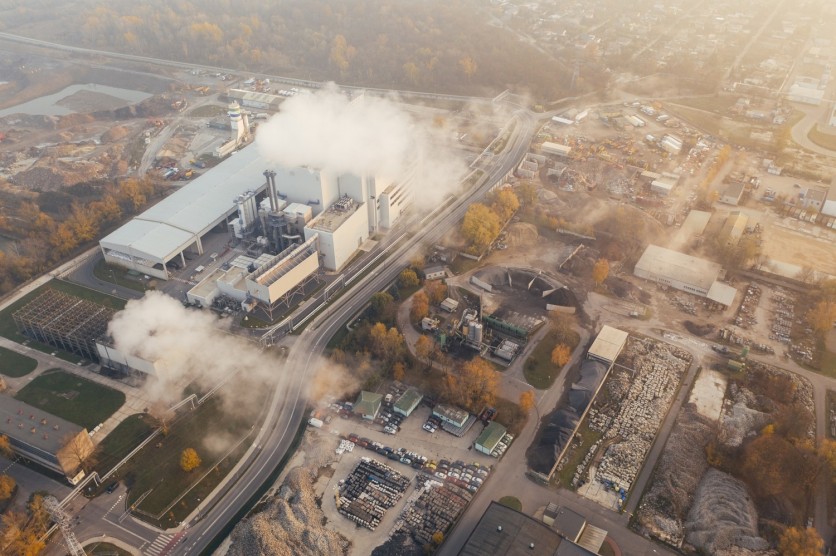In the first eight months of 2023, the United States (US) experienced an unprecedented 23 weather and climate disasters, each causing losses exceeding $1 billion, official data from the National Oceanic and Atmospheric Administration (NOAA) revealed.
According to AFP, this surpasses the previous record of 22 such events in 2020, signaling a significant increase in extreme weather events.

US Struck by Record-Breaking Weather and Climate Disasters
The data from NOAA indicates that the nation is grappling with the largest number of billion-dollar disasters ever recorded. This grim milestone is reflective of the intensifying impact of climate-related events.
Furthermore, with four months remaining in the year, there is potential for this number to rise even higher. The report also provides a detailed breakdown of the climate statistics for August 2023.
The contiguous US experienced an average temperature of 74.4 degrees Fahrenheit, which is 2.3 degrees above the average. Notably, Florida, Louisiana, and Mississippi experienced their hottest August on record.
With a climate record dating back 99 years, Alaska saw its third-warmest August. The precipitation levels for August were slightly above average, measuring 2.74 inches. While some states like California and Nevada experienced the second-wettest August on record, others like Louisiana faced their driest August ever.
Looking at the meteorological summer between June 1 and August 31, the contiguous US recorded an average temperature of 73 degrees Fahrenheit, which is 1.6 degrees above average. Louisiana experienced its hottest summer on record, while Texas and Florida both had their second-warmest summers.
Regarding precipitation during the summer, the total across the contiguous US was 8.35 inches, slightly above the average. New Mexico and Louisiana ranked as the third driest states, while several others, including Arizona, Minnesota, Texas, and Wisconsin, experienced a top-10 driest summer.
Read Also : E-Buses May Lead to Significant Reduction of Emissions, Hitting Urban Net-Zero Targets - Study Reveals
The Average US Temperature
For the year-to-date, between January and August 2023, the average US temperature was 55.6 degrees Fahrenheit, which is 1.8 degrees above the 20th-century average.
Florida, Louisiana, and Mississippi also experienced their warmest period on record. The US also saw 23 separate weather and climate disasters with losses exceeding $1 billion each.
These included 18 severe weather events, two flooding events, a tropical cyclone (Hurricane Idalia), a wildfire event, and a winter storm event. These incidents resulted in 253 direct and indirect fatalities and incurred over $57.6 billion in damages.
The report highlighted the increasing frequency and intensity of extreme weather events in the US. Notable incidents included Hurricane Dora, which exacerbated a wildfire in Maui, Hawaii, due to its strong winds.
It became the deadliest wildfire in over a century, and the remnants of Hurricane Hilary caused record-breaking rainfall and flooding in parts of the southwest.
Drought coverage also expanded, with about 34.3% of the contiguous US experiencing drought conditions by the end of August, an increase of about 6.2% from the beginning of the month.
This expansion of drought conditions occurred across multiple regions, including the Great Plains, Northern Tier, Southwest, southern Plains, Mid-Atlantic, Southeast, and Hawaii.
Related Article : Biden Admin to Spend $1.2 Billion to 2 Projects Aiming to Suck Climate-Harming Carbon Emissions out of the Air

![Apple Watch Series 10 [GPS 42mm]](https://d.techtimes.com/en/full/453899/apple-watch-series-10-gps-42mm.jpg?w=184&h=103&f=9fb3c2ea2db928c663d1d2eadbcb3e52)



